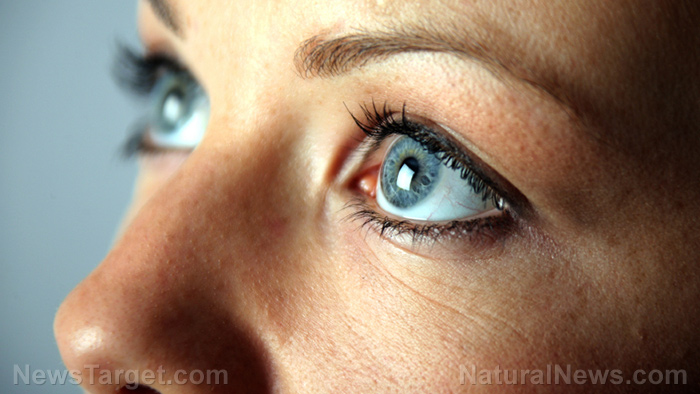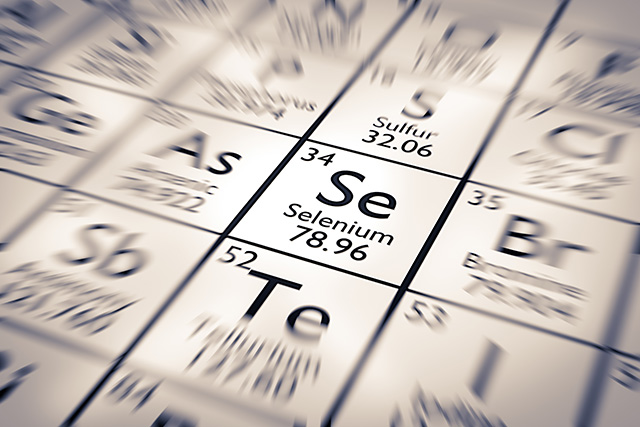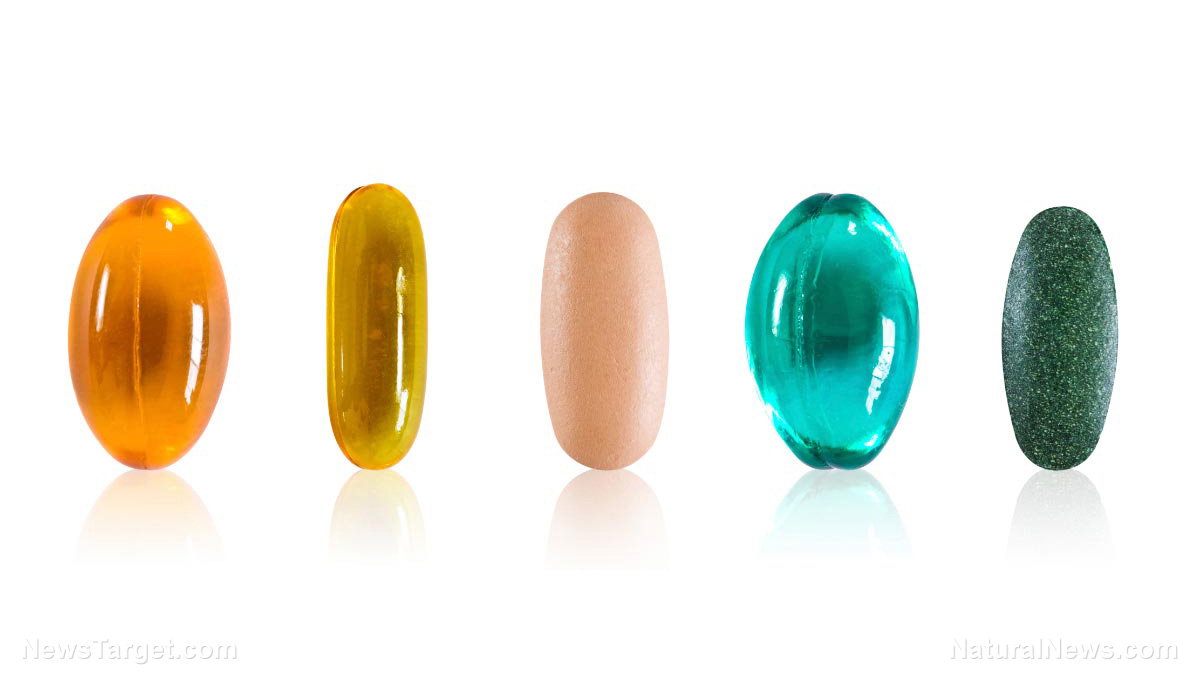Are your computer screens causing dry eye problems? Eat more good fats to repair the lipid layer
03/14/2018 / By Jessica Dolores

Dry eyes, a condition where the eyes do not produce enough tears, is a modern-day scourge. Smartphones, computers and tablets for home and office work have doubled, even tripled, the time we spend in front of a screen that require us to stare at it for hours on end.
This, in turn, forces us to keep our eyes open for longer periods of time, keeping us from blinking and leading to excess evaporation of tear fluid. This could be why overexposure to computer screens has been linked to Dry Eye Syndrome (DES).
The effects are varied, ranging from the bearable (e.g., eye irritation) to the serious (e.g., infection, inflammation and scarring of the eye’s front surface).
Need for tears
Tears – essential in preventing eye dryness – keep our eyes healthy in many ways. For one, they prevent eye irritation. They also carry oxygen and nutrients to the eyes in the absence of blood vessels in that part of our body. Tears contain elements that heal damage to the eye surface. They also allow us to see clearly by lubricating our eyes.
Unfortunately, DES is becoming more and more common the world over. An online poll showed that 48 percent – or almost half – of Americans aged 18 and above have dry eyes symptoms.
A 2012 Gallup poll revealed that over 26 million Americans have dry eyes. The figures are expected to climb to over 29 million within 10 years.
The same problem plagues tech-savvy Japan, where one in 10 persons suffer from DES.
Prolonged dry eyes
A research team headed by Hokkaido University‘s Akio Kihara created mice whose Elovl1 gene, responsible for encoding the enzyme that lengthens fatty acid chains, was taken out from all parts of their body except for the skin.
The team observed that the mice blinked often and showed signs of DES. Five months later, many of them had cloudy corneas – the part of the eye that shields it from dirt, germs and other harmful substances.
The culprit was believed to be prolonged dry eyes, which limits the damaged cornea’s ability to repair itself.
The study also showed that Elovl1 gene is closely related to the creation of long-chain melbum, believed to keep DES at bay.
How do you prevent this condition, which threatens our ability to see clearly?
Eating foods rich in omega-3 fatty acids, which decrease eye inflammation and increase the production of tears, is a good start. Examples are chia seeds, fatty fish like salmon, tuna, sardines and mackerel, and walnuts. Add a generous dose of ground flaxseed and flaxseed oil, palm oil and soybean oil in your diet as well.
What do you do when you feel the warning signs of DES, like a burning sensation, itching, aching, tired and heavy eyes, sore eyes, sensitivity to light, blurred vision and others?
Home remedies are not only cheaper than prescription medication, they’re often just as effective:
- Wash your eyelids twice daily. Apply a few drops of baby shampoo on clean fingertips, close your eyes and gently massage your eyelids. Rinse with warm water.
- Apply warm compress on your closed eyes twice a day to improve blood circulation until the symptoms are gone.
- You can also apply castor oil drops to fight inflammation and relieve itching, irritation, burning and eye pain.
- Coconut oil is another natural solution. Soak it in a cotton and put it on your closed eyelids for 15 minutes. Repeat at regular intervals daily.
- If you can’t minimize your time spent in front of a screen, make it a point to blink your eyes to moisten them. Close your eyes and count to two. Squeeze your eyelids and count to two again. Then open your eyes and count to two again.
Our eyes are one of our most precious organs. They make us see the beauty of the world around us and enjoy life more. It pays to take good care of them.
Sources include:
Tagged Under: blurred vision, computer use, dry eye syndrome, dry eyes, eye health, eye irritation, home remedies, nutrition, screen time, Smartphones, tired eyes, vision impairment



















